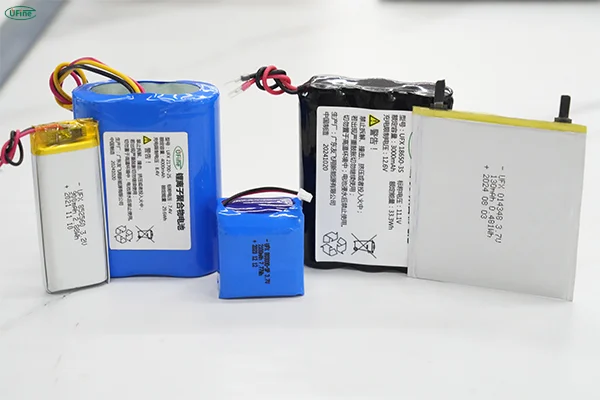Difference Between Charging and Discharging in a Lithium-Ion Battery

Lithium-ion batteries are widely used in portable electronics and electric vehicles due to their efficiency, high energy density, and rechargeable nature. Charging and discharging are the two fundamental processes that allow these batteries to store and deliver energy. Here’s a concise overview of the key differences between the two processes:
1. Direction of Electron Flow
- Charging: Electrons move from the positive electrode (cathode) to the negative electrode (anode) via an external energy source.
- Discharging: Electrons flow in the opposite direction, from the negative electrode (anode) to the positive electrode (cathode) to power an external device.
2. Movement of Lithium Ions
- Charging: Lithium ions travel from the positive electrode (cathode) through the electrolyte and are stored in the negative electrode (anode).
- Discharging: Lithium ions move back from the negative electrode (anode) to the positive electrode (cathode) through the electrolyte, enabling energy release.
3. Voltage Behavior
- Charging: The battery’s voltage increases as energy is stored.
- Discharging: The battery’s voltage decreases as energy is consumed.
4. Energy Source
- Charging: Requires an external energy source, such as a charger, to supply power to the battery.
- Discharging: Provides energy to an external device, such as a phone, laptop, or electric vehicle.
5. Endpoints of the Process
- Charging: Ends when the battery reaches its maximum capacity, often indicated by the charger or device.
- Discharging: Ends when the battery is depleted or reaches its minimum safe voltage, requiring a recharge.
Summary Table
| Aspect | Charging | Discharging |
|---|---|---|
| Electron Flow | Positive to Negative electrode (Cathode → Anode) | Negative to Positive electrode (Anode → Cathode) |
| Ion Movement | Lithium ions move to the negative electrode | Lithium ions move to the positive electrode |
| Voltage | Increases during charging | Decreases during discharging |
| Energy Source | Requires an external power source | Powers external devices |
| Endpoint | Fully charged (maximum capacity reached) | Fully discharged (minimum safe voltage) |
Final Thoughts
The charging and discharging processes are vital to the function of lithium-ion batteries, working in tandem to enable rechargeable devices. Charging stores energy for future use, while discharging releases that energy to power devices. Understanding these processes helps maximize the battery’s efficiency, lifespan, and performance.